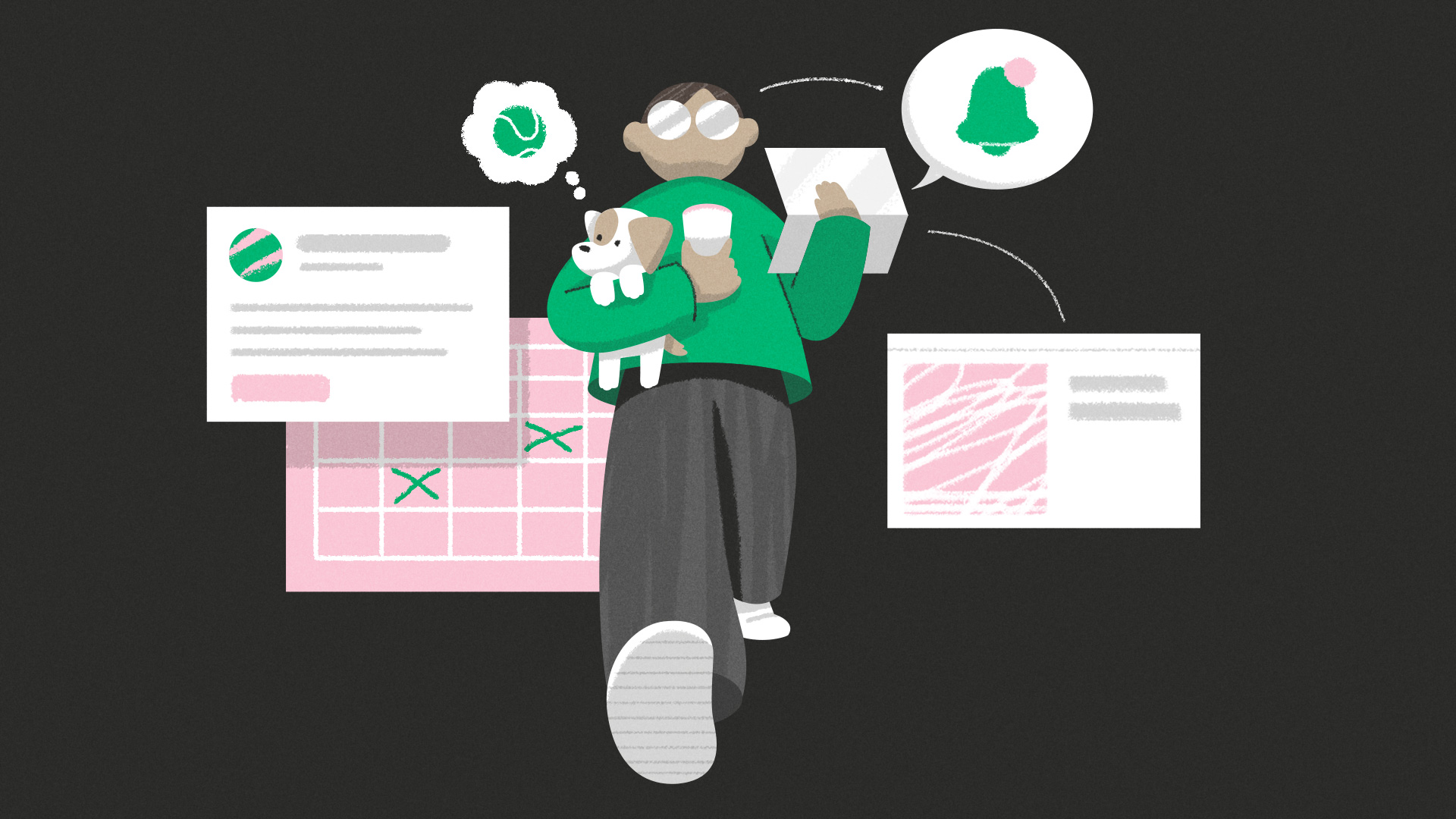Human-centred design is a solid foundation for an accessible web service
As accessibility requirements become an increasingly important part of web services, it's better to speak of human-centeredness rather than user-centeredness. Emphasising human-centeredness more accurately addresses the diverse needs and characteristics of individuals, as well as the situation and context in which a person uses a product or service.
At Redandblue, we’ve always designed web services with a user-centred approach. With accessibility requirements becoming more prominent, it’s better to speak of human-centeredness. This emphasises the unique needs and characteristics of individuals, considering the situations and contexts in which people interact with a product or service.

What is human-centred design?
Human-centred design is a concept that gained traction in the 1990s as an approach to developing innovative solutions based entirely on human needs and perspectives at every stage of the design or problem-solving process.
In human-centred design, the focus is on people and the context in which they, for example, use a web service. The idea behind human-centred design is to solve real problems and identify the root causes of those problems.
There are four basic principles of human-centred design:
- People at the centre: Focus attention on people and the context in which they use the product or service.
- Define user needs: Understand and solve the root cause of the problem.
- Consider the entire service path: Think of the service as a system, where the person interacts with it at various touchpoints, rather than focusing solely on details.
- Evaluate the design periodically: Work iteratively – prototype, test, and continuously improve the product or service to ensure it meets the true needs of the user.
This design philosophy is rooted in the idea that products and services should be tested and improved continuously to ensure they serve real users—people—at every stage of the product’s lifecycle.
At the heart of human-centred design is deep research that challenges all assumptions and involves key stakeholders in optimising the user experience across different design phases.
Involving end-users in the process can reveal new opportunities on multiple levels, and entirely new service concepts can emerge based on their ideas.
Through human-centred design, we strive to explore new possibilities for web service design with an empathetic approach. The goal is to understand the needs and expectations of the people using the site.
Human-centred vs. organisation-centred
Very often, the result of human-centred design in web service development is moving away from organisation-centred thinking. Instead of structuring the service around the organisation, the focus is on optimising the visitor’s journey through the website, aiming to meet the end user’s goals, which in turn helps achieve the organisation’s objectives.
Redandblue’s work in the early stages of web service design focuses on understanding the existing service’s users and identifying the motives, needs, and pain points of the target audience.
Do you want to reduce the organisation-centred approach in your web service? Start human-centred concept development with Redandblue.
Contact us
Where does human-centred web design begin?
Human-centred design starts with a research phase that may include observations, interviews, or surveys.
The research data is often more qualitative than quantitative, relying on open-ended questions rather than multiple-choice formats. For instance, through observation, one can monitor how users interact with a particular service on the website, performing various tasks while explaining why they make certain choices and what obstacles they encounter.
While quantitative data can also be gathered in human-centred web design, it’s crucial to uncover the motivations behind the numbers. For example, if analytics show that a user quickly leaves a website, it’s unclear whether they left because they found what they were looking for or because they couldn’t find the information. In such cases, observation and facilitated usability studies can be particularly useful for gaining deeper insights.
Examples of human-centred design
In its purest form, the starting point of design is a specific need around which a digital service, for example, is built. In such cases, interview research can help explore how, for instance, the concept of a printed member magazine should evolve in the future—without assuming in advance that it will automatically be converted into a digital format.
The results of such research may vary, ranging from not changing the magazine at all to ceasing production entirely if the research reveals that readers aren’t particularly interested in it. A great example of this type of innovative implementation is the Sport magazine, originally a print publication, which was transformed into a newsletter format. This innovative solution won recognition in last year’s Grand One competition.
Another example of observation-driven innovation comes from Redandblue’s former client, the Duuers quoting service, which has since been sold to another party. This service was designed for individuals in the construction industry who handle quotes. The idea for the service emerged when the founders observed contractors and noticed that there was no tool for efficiently managing quotes. Often, old quotes were copied over, and they were typically completed outside of regular work hours, increasing the risk of errors.
In this case, we can talk about a human-centred innovation—the entire service concept stemmed from a real need rather than from a predetermined technology or just the founders’ vision.
The designer’s responsibility in human-centred design
As early as the 1900s, it became clear that designers have a responsibility for the interaction between a device or service and the people using it. The first computers required specialists to understand how they operated.
Over time, user interfaces for systems like operating systems, games, and software have become increasingly user-friendly. The responsibility is particularly great when designing interfaces for situations where human error or illogical button placement could lead to dangerous situations.
Today, the term “user experience” is frequently used to describe the interaction between a service and a person, emphasising the experience of the individual using the service. For designers, this means they need to continue refining their design beyond the initial design phase by conducting usability research to assess the effects of their work and ensure it meets the real needs of people.
